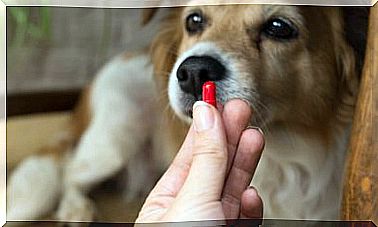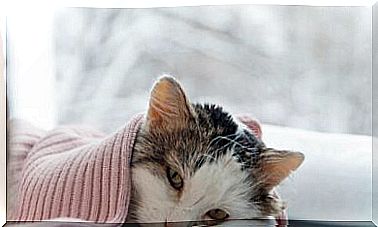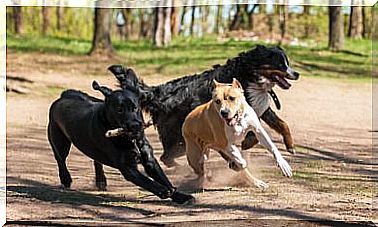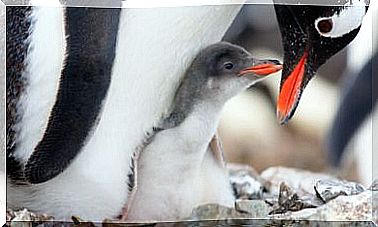Robot Animals: Closer To Reality
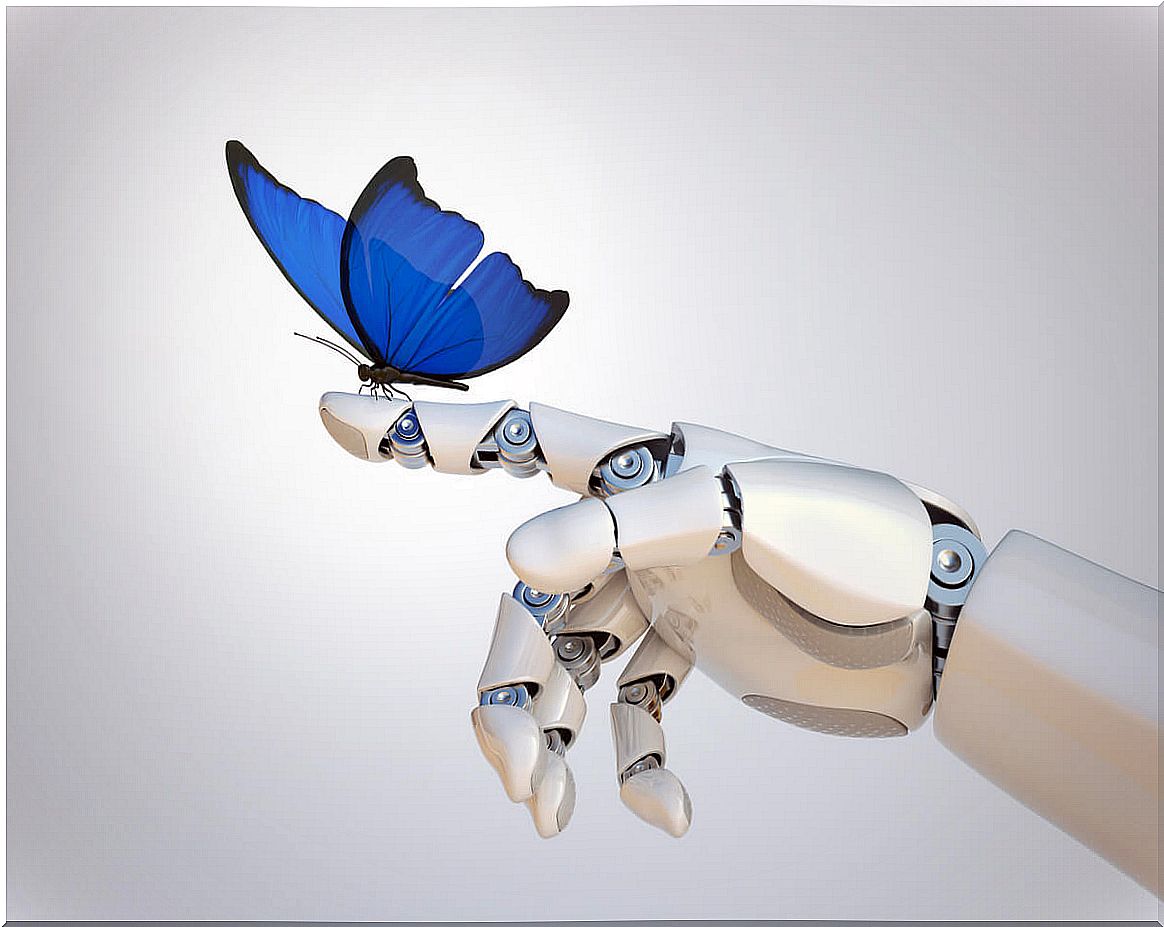
Robots are an almost omnipresent figure when it comes to imagining the distant future. Literature, cinema and now science itself have pushed robotics to limits worthy of the works of Isaac Asimov. But what about robot animals?
When robotics approaches the field of biology, the possibilities branch out and extend into thousands of fields, from animal models for artificial intelligence to animatronics that perform wonders like climbing a wall. If this short preface has piqued your curiosity, read on.
Robot animals today
Robotic animals – or at least capable of reproducing some of the qualities of animals – are a natural evolution of the human tendency to imitate other living beings to improve some aspects of their lives. Here we briefly tell you some cases that will surprise you:
- The robot that flies like a bat: this robot is not only capable of flying alternating the flapping of its wings with gliding – as a bat would -, but it also has an infrared system incorporated that creates a three-dimensional map of the room, such as the animal itself would do with echolocation.
- Cooperating robot ants: to further develop task optimization algorithms, models of ants have been built that are capable of communicating and cooperating with each other to find solutions to problems. In this way, we study how self-organizing systems, such as swarms, work.
- Geckos robots: geckos have the incredible ability to adhere to any surface, no matter how smooth, thanks to the microspatulas on their fingers — which they also control at will. By imitating these structures, it has been possible for different models of robots to climb surfaces of any kind.

Robots for moral dilemmas
Recently, a Californian company created a robotic dolphin and introduced it to a zoo. This is so realistic that the surprise of the visitors has been generalized; most were not able to distinguish it from a real dolphin at first glance.
This company thus proposed a solution to one of the most current dilemmas today: is it ethical to keep animals in zoos for the knowledge and enjoyment of humans? The possibility of creating robot living beings so credible that they are confused with real ones calls into question the need for certain current practices.
In addition, it is suggested that this proposal could not only be reduced to zoos: can you imagine a mechanical elephant walking through a park? The possibilities are such that extinct animals could even reproduce. They don’t eat or drink, they don’t need space to run, and they are virtually immortal.
A world of possibilities, but with reservations
A utopian scenario where robot animals replace the real ones sounds good logistically, but it has also drawn criticism. Some argue that the problem of confinement would be solved, but the conception that animals are a mere tool for human use could take root .
On the other hand, the environmental impact that this would have is questioned. Releasing robots in open spaces poses a series of disadvantages to nature that, if not resolved, are a poor substitute for reality. Furthermore, electronic components are rarely biodegradable and their visual impact is significant.
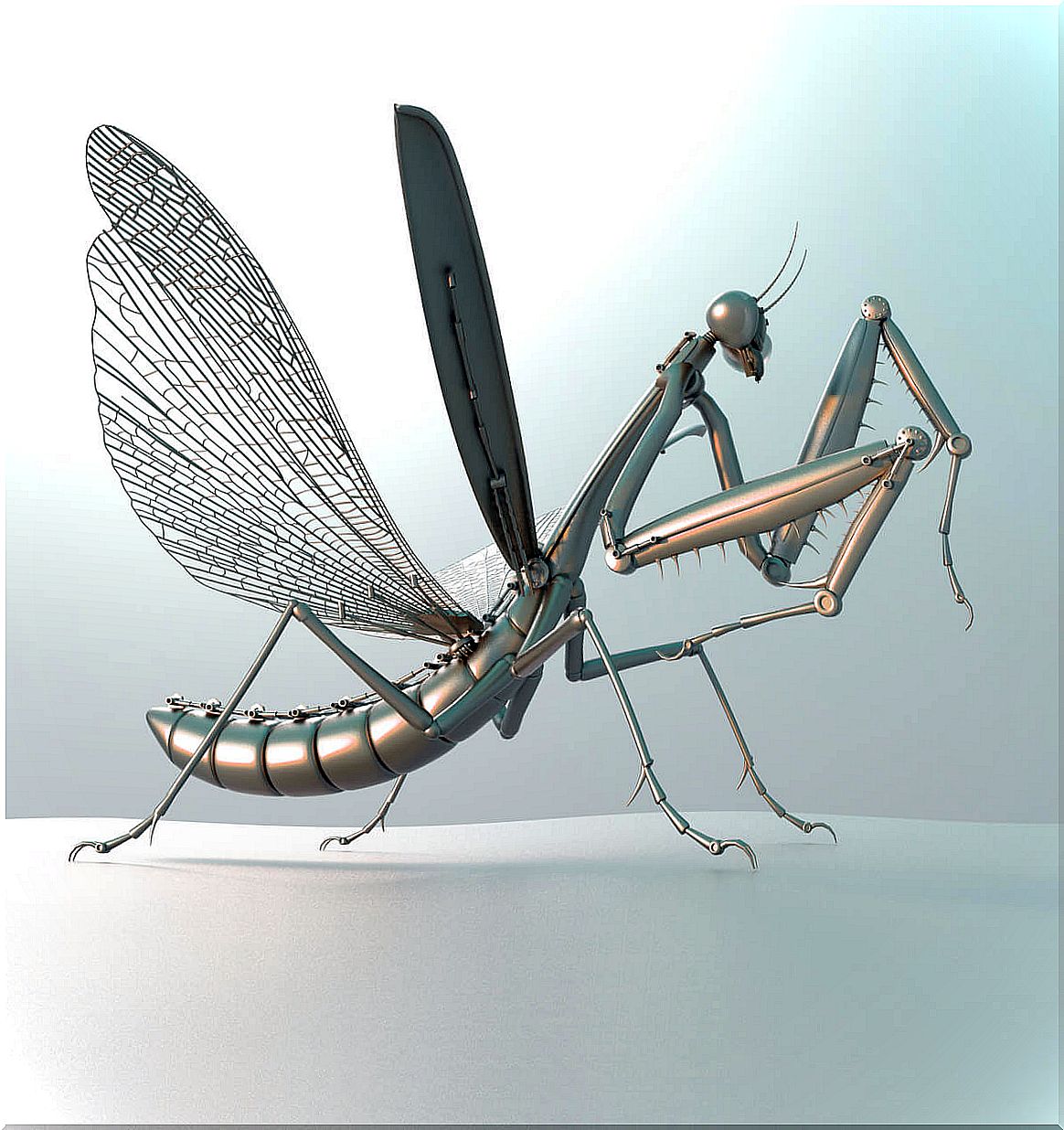
There are many ideas that arise from this approach. Both favorable and against, all these currents are nothing more than the reflection of the beginning of a new stage, where animals and robotics have never been so close to solving long-discussed problems.
Will science give us back the golden days when mammoths and dodos walked the Earth, or will these mechanical animals become a monument to our decline? It only remains to wait and try to do the best possible.
